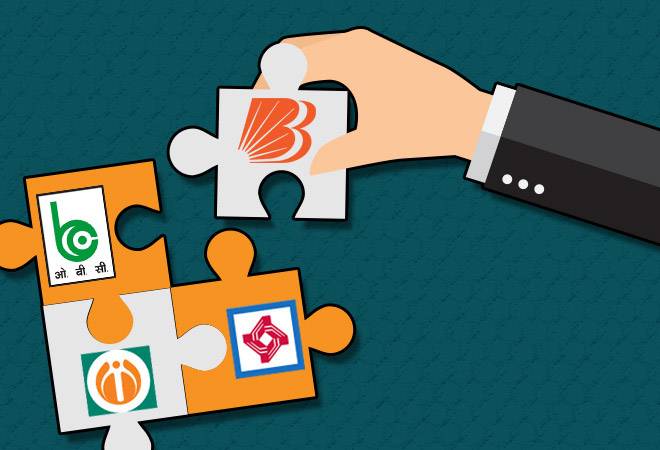The start of financial year 2020 noticed 10 public sector banks (PSB) amalgamating into 4 capital-rich banks in a bid to get them at par with global banks internationally. This served as a much-needed push for such PSBs to have the capability to guide the financial desires of large enterprises which in turn would help provide impetus to the growing economy.
Unfortunately, earlier when this main decision could yield positive results, they were facing the pandemic that world was not prepared for. As the country reeled below the shock of ways quickly, COVID-19 became a worldwide pandemic, the government called out for a nationwide lock down. But banks have been given directions to be open to serve customers, thus came under the ‘essential service’ category.
The banking sector issued Direct Benefit Transfer (DBT), due to which the Center could make certain 16.01 crore beneficiaries, and received about Rs 36,659 in their accounts between March 24, 2020, and April 17, 2020, during the lock down. DBT ensured that the cash benefit became directly credited into the account of the beneficiary, removed leakage and improved efficiency. Millions of people across the country benefited instantly as the banking and finance sector worked tirelessly to make sure that our great country faces one less obstacle on its road to recovering from this global pandemic.
Even as the lockdown has become necessary to mitigate the impact of corona virus on the population, it has had direct implications on the financial conditions of our economic system. On this hour of need, Banks at the side of NFCs and MFIs could make a certain easy and continuous flow of credit, mainly to MSMEs farm sector and retail sector, and ensure some economic activity.
Due to the lockdown, some businesses have been left in a precarious situation of not having operated for a single day in months and now are needed to maintain their employees and work spaces. The pandemic has affected the people as well, many of whom had taken loans keeping in mind their consistent earnings and had to lose their jobs overnight. In both scenarios, it is the banking sector that will ultimately have to bear the brunt of this financial upheaval. The RBI is likewise monitoring the situation as its evolving and intends to address the problems resulting from this global pandemic.
Over those few months, this sector had to reinvent itself not only from a mere business continuity perspective, but also within the manner it has been running for the reason, a long time. It had to digitalize not only its operations but also had to additionally educate and hold each of its customers to move towards a more socially distant way of banking. The financial implications of this lock down and projections that industry stalwarts are making are grim but it is this sector that became resilient during the 2008 crisis and will show its grit at some stage in this period too.

